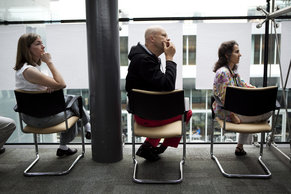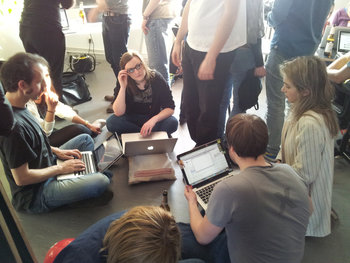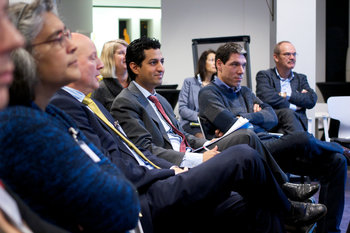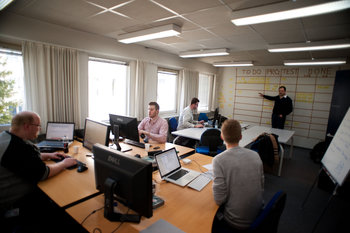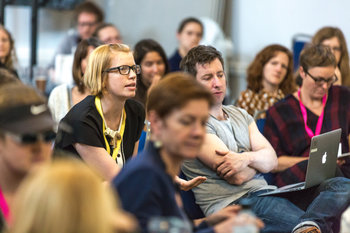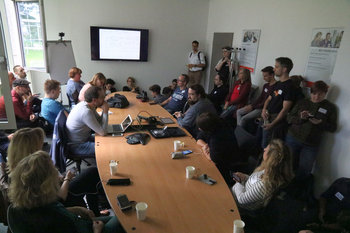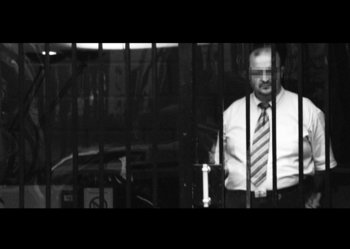
Revolution vs Development
Revolution, or innovation, are dramatic changes that very quickly overthrow the status quo. Development is a gradual change that takes place incrementally with time. For example, the first successful flight of an aircraft can be considered an innovation while the process of making aircraft safer, faster and more efficient is typically a gradual process of development.Episodic vs Continuous
An episodic change is a change that occurs suddenly such as a market crash. A continuous change is a change that takes place over a significant span of time such as changing values in a society.External vs Internal
External change is any change that is beyond your control such as what your competitors do. Internal change is any change that you have significant influence over such as a business or personal project.Planned vs Emergent
Planned change is change that is planned up front by a process of coordination such as the construction of a building. Emergent change is change that happens over time without a plan, often with many entities contributing without much coordination such as the growth of a city that doesn't have too many regulations.Top Down vs Bottom Up
Top down change is created by the formal leaders of a group or organization. Bottom up change is created by anyone with an idea and the motivation to make it happen. Some organizations drive all change from the top with no input from anyone below executive management. Others seek ideas from every direction.Proactive vs Reactive vs Last Responsible Moment
Proactive change is the process of changing based on your predictions of the future. Reactive change is change that is pushed by current realities. Last responsible moment is the observation that proactive change is often inefficient because predictions of the future are often wrong. As such, last responsible moment is the process of delaying change until it is truly necessary. This is often proactive change that is held off until the future direction of things can be predicted with near certainty.Transitional vs Transformative
Transitional change is a big plan to reach a new state that you have predefined. Transformative change is a journey of change whereby you avoid making early assumptions about the future.| Overview: Change | ||
Type | ||
Definition | The transformation from one state to another. | |
Related Concepts | ||

